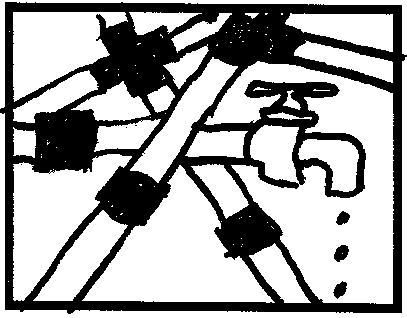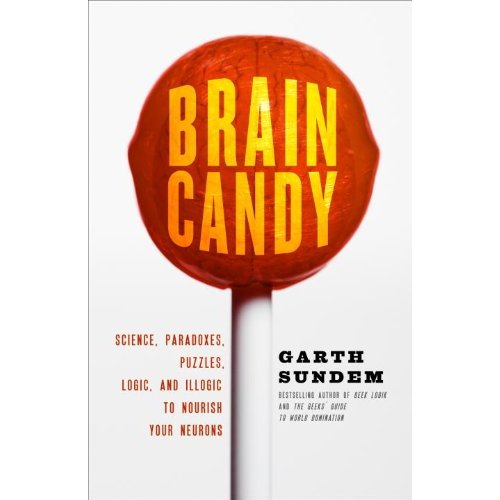 Okay, in the past two days we've seen that our memories are malleable. We can easily be made to misremember, and easily be made to adopt memories of things that never happened. But what actually goes on in our brains as we code bad information? Can we see misinformation taking hold?
Okay, in the past two days we've seen that our memories are malleable. We can easily be made to misremember, and easily be made to adopt memories of things that never happened. But what actually goes on in our brains as we code bad information? Can we see misinformation taking hold?Researchers Yoko Okado and Craig Stark can.
They showed subjects slides (correct information), and then showed them another set of slides with details changed (incorrect information).
Our hippocampus drives memory. Okado and Stark watched subjects' hippocampuses as subjects evaluated the two slides and sure enough, the information that most brightly lit the hippocampus is the information that subjects remembered.
Next (here's the cool part—stay with it), Okado and Stark monitored the prefrontal cortex, which is responsible for adding "source tags" to information stored in our memories. No matter if subjects remembered correct or incorrect information, if the PFC's source tag was stronger in the original slide, subjects thought their information came from this slide.
Thus is a false memory born: the hippocampus remembers the wrong information and the prefrontal cortex believes it's from the original scene.
 Here's a little male-centric experiment. First, close your
Here's a little male-centric experiment. First, close your right eye and look at the picture of my new book (at left). And now close your left eye and look at the picture of supermodel Marissa Miller on the right. Now, as quickly as you can, blink your eyes to alternate between the two images. Repeat for at least 15 seconds. Do you feel strangely compelled to buy Brain Candy?
right eye and look at the picture of my new book (at left). And now close your left eye and look at the picture of supermodel Marissa Miller on the right. Now, as quickly as you can, blink your eyes to alternate between the two images. Repeat for at least 15 seconds. Do you feel strangely compelled to buy Brain Candy? 




Comments